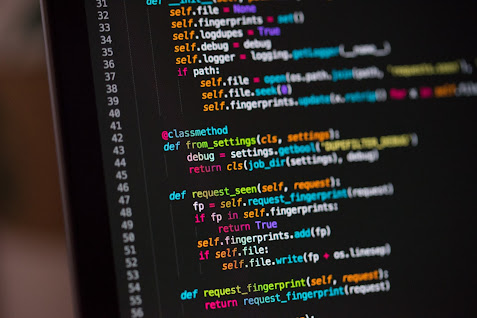Python Codes The Series (Intro.)
Welcome, to a new series of Python. Within a few upcoming days, we are going to start a pretty new and most useful series of Python named as 'Python Codes The Series' or 'PCTS' . As a Computer Science student, I know very well that at a time it really starts to feels quite boring anyways in just the theory classes, so for the entertainment while studying, I have decided to start this series to take a big leap into the real world functioning and see what lies for us in the way. So grab on your PC and get ready for the cool beginning.😜
Going to start the series soon.... 🙃😀
©SGPython

Comments
Post a Comment